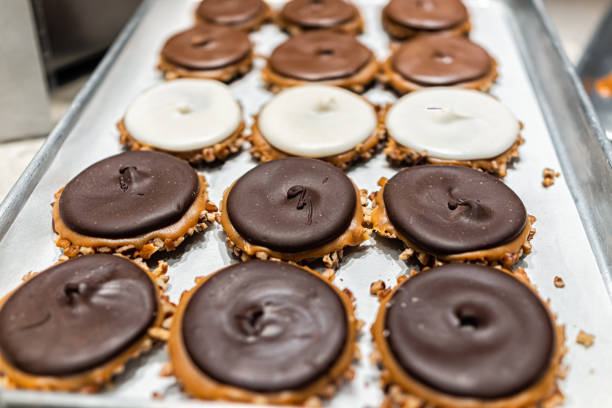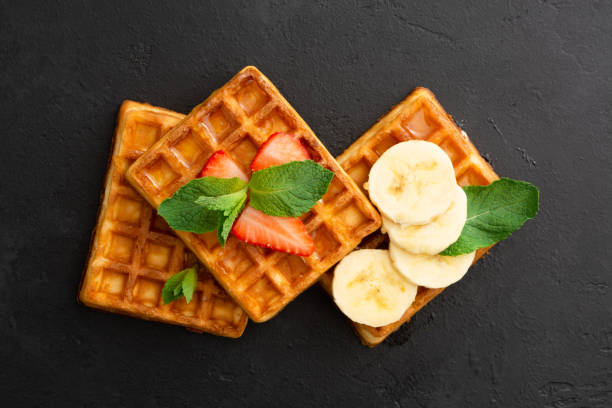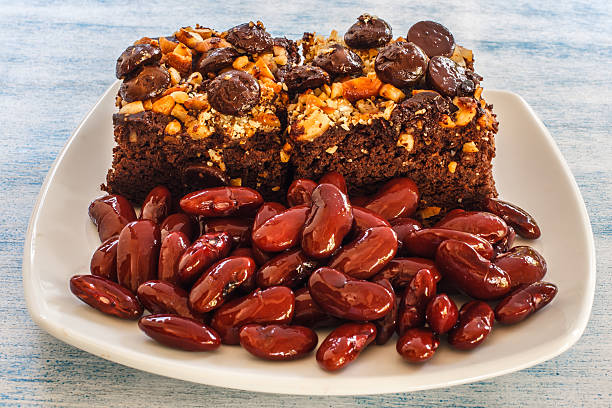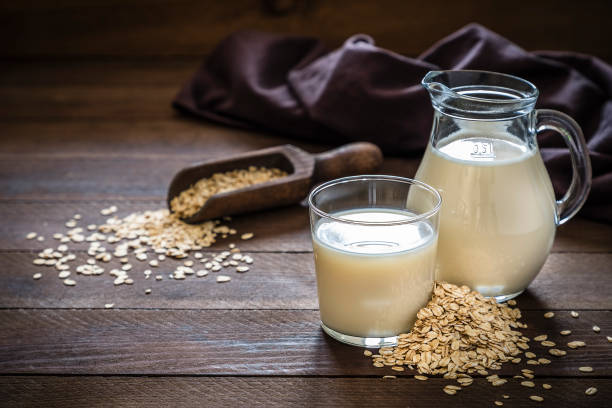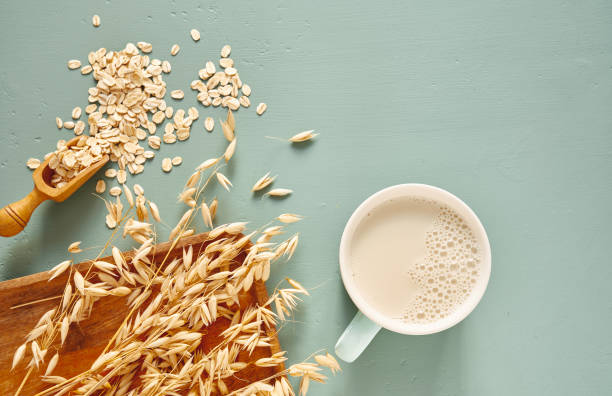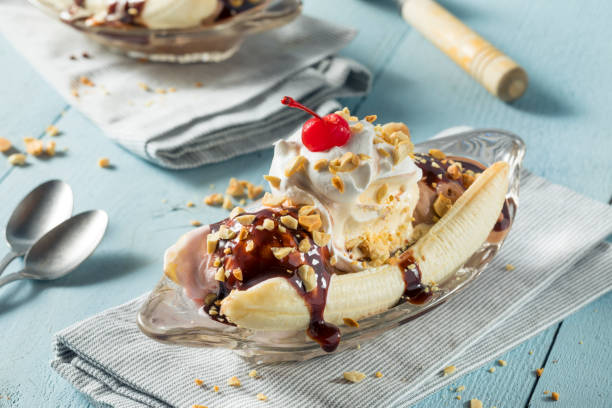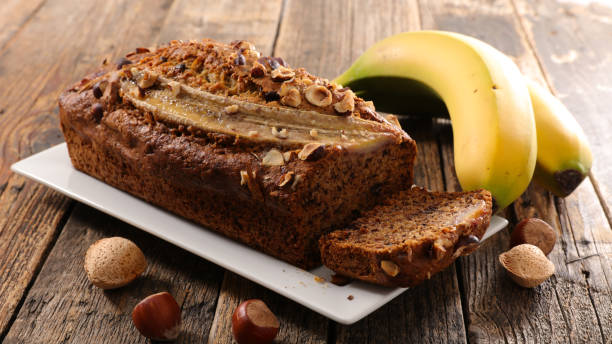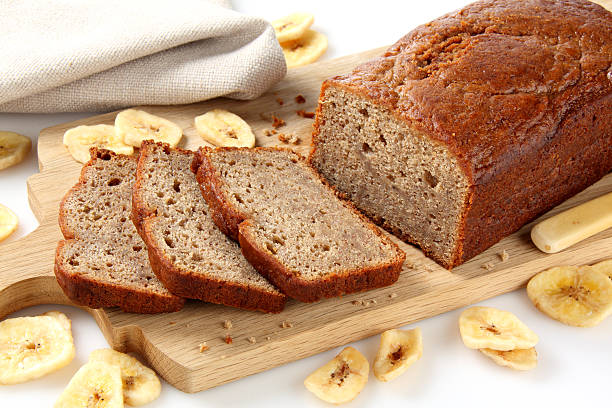It’s pretty easy to make your own sweets, you just have to pay attention to a few things. You can find out what these are here. You know exactly what’s in the candy you make yourself. Making your own sweets can also be fun for the whole family, where the little ones are then rewarded with candy when the work is done.
Basic substance
The basic substance for all sweets is sugar, commercially available granulated sugar works well. If you choose 250 grams, then you should add 80 grams of water and then bring the whole thing to a boil in a saucepan while stirring constantly. It is best to use a stainless steel pot so that nothing can come off the pot. The candy base is ready when the water has boiled away and the sugar syrup has thickened. The sugar will bubble a lot as it cooks and gets extremely hot, so be careful not to splash and don’t touch the sugar with your hands.

You can color this with food coloring if you want. Silicone molds are good for portioning the candy mass. You can also use a spoon to spread small portions onto a baking sheet lined with parchment paper. After cooling for a few hours, sugar candies are formed that are still sticky. It is now advisable to roll the sweets in flour, then they lose their stickiness and it is then easier to fill them up. Another option is to sprinkle the candies with powdered sugar.
Variation of fruit candies
For the production of fruit candies, simply add approx. 80 ml of fruit juice, for example, cherry juice, to the candy base from above. The sweets are then already colored red and absorb the cherry aroma well. In order to get a more intensive fruit aroma, you can also add, for example, 3 drops of lemon aroma and approx. 80 ml of juice, for example, orange juice, to the sugar mass, boil it up as usual, and you get citrus fruit candies.
Variation cough drops
This variant of making cough drops yourself is nicely explained in the YouTube video www.youtube.com/watch?v=hoItDpxlydY. Cough drops help as an effective remedy for coughing.
Here half a cup of sugar is used, add:
- a good handful of fresh sage leaves, alternatively 2 tablespoons of dried sage, finely ground
- 1 tablespoon of honey, preferably organic
- 1 tablespoon of freshly squeezed lemon juice
- optional icing sugar for dusting
Here it is recommended to first prepare the sugar mass, then remove the pan from the heat and then add the other ingredients. Then make the sweets out of it, sprinkle with icing sugar, or roll in flour to take the stickiness out.
Variation caramel candies
Caramel candies are a tasty variation. You can find a good recipe on YouTube at www.youtube.com/watch?v=MtpNY2by-nU.

In addition to 250 grams of sugar, you need:
- 100ml of water
- 2 teaspoons of honey
- 50 ml cream
- 1 tablespoon of butter
The sugar, the water, and the honey are then first placed in a stainless steel pot, and the candy base mass is made from this again under high heat and constant stirring. Finally, add the butter and cream to the still-boiling mass. Then the mass has to cool down for approx. 15 minutes, stirring every 2 to 3 minutes to prevent layer formation. Candies can then be formed from the mass. After cooling, which takes 4 to 5 hours, the delicious caramel candies are ready.
